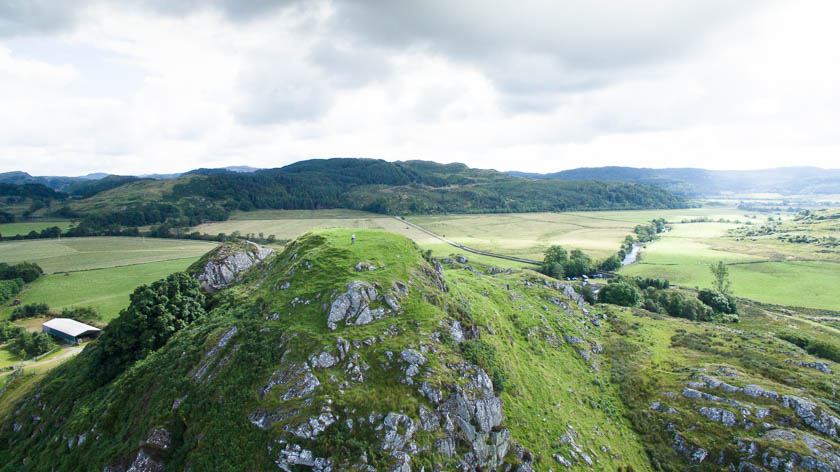Author: Neil Irvine
Published: Jun 21, 2017 More by Neil
Articles by Year
- May 2025
- April 2025
- March 2025
- February 2025
- January 2025
- December 2024
- November 2024
- October 2024
- July 2024
- June 2024
- May 2024
- March 2024
- February 2024
- November 2023
- September 2023
- August 2023
- July 2023
- June 2023
- May 2023
- April 2023
- March 2023
- February 2023
- January 2023
- December 2022
- November 2022
- October 2022
- August 2022
- July 2022
- June 2022
- May 2022
- April 2022
- March 2022
- February 2022
- January 2022
- December 2021
- November 2021
- October 2021
- September 2021
- August 2021
- July 2021
- June 2021
- May 2021
- April 2021
- December 2020
- September 2020
- August 2020
- July 2020
- June 2020
- May 2020
- March 2020
- February 2020
- January 2020
- December 2019
- November 2019
- October 2019
- September 2019
- August 2019
- July 2019
- June 2019
- May 2019
- April 2019
- March 2019
- February 2019
- January 2019
- December 2018
- November 2018
- October 2018
- September 2018
- July 2018
- June 2018
- May 2018
- April 2018
- March 2018
- February 2018
- January 2018
- December 2017
- November 2017
- October 2017
- September 2017
- August 2017
- July 2017
- June 2017
- May 2017
- April 2017
- March 2017
- February 2017
- January 2017
- December 2016
- November 2016
- September 2016
- August 2016
- July 2016
- June 2016
- May 2016
- April 2016
- March 2016
- January 2016
- December 2015
- November 2015
- October 2015
- September 2015
- August 2015
- July 2015
- June 2015
- May 2015
- April 2015
- March 2015
- February 2015
- January 2015
- December 2014
- November 2014
- October 2014
- September 2014
- August 2014
- July 2014
- May 2014
- April 2014
- March 2014
- February 2014
- January 2014
- November 2013
- October 2013
- September 2013
- August 2013
- July 2013
- June 2013
- May 2013
- April 2013
- March 2013
- January 2013
- December 2012
- September 2012
- August 2012
- July 2012
- June 2012
- May 2012
- April 2012
- March 2012
- August 2011
- June 2011
- April 2011
- August 2010
- March 2010
- November 2009
- October 2009
- September 2009
- March 2009
- January 2009
- August 2008
Articles by Category
- Wilderness Blog
- Wilderness Walking
- Road Cycling
- Mountain Biking
- Sea Kayaking
- Open Canoeing
- Elements of Adventure
- Video
- Photo Blogs
- Best Of
- How To
- Wildlife
- Sailing
- Family
- Self Guided
- Women Only
- Sustainability
- Conservation
- Charity
- Competitions
- Tailor Made
- Autumn
- Spring
- Winter
- Winter Walking
- Gear Review
- Ski Touring
- Wilderness Wednesday
- Uncategorized
- E-bike
- Expeditions & Camping
- Food
- Gravel Biking
- History and Culture
- Outer Hebrides
- Self Drive
- Self Guided Cycling
- Self Guided Plus+
- Self Guided Walking
- Summer
- West Highland Way
- Wilderness England
- Wilderness Ireland


